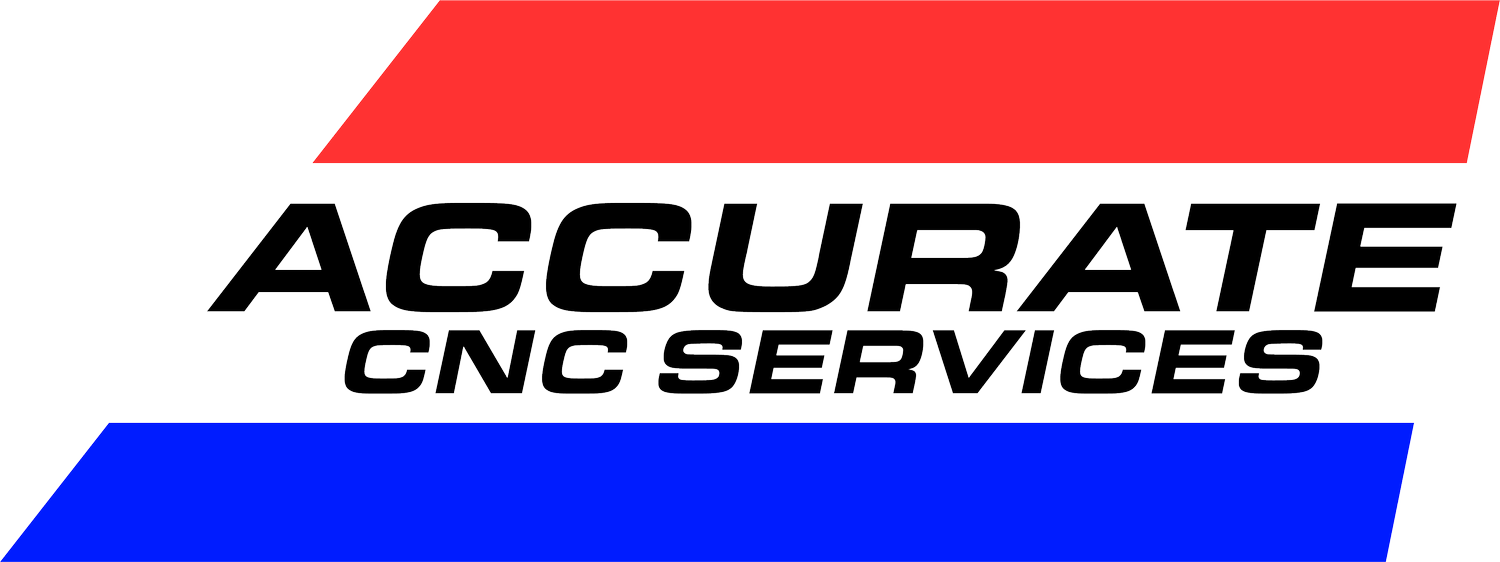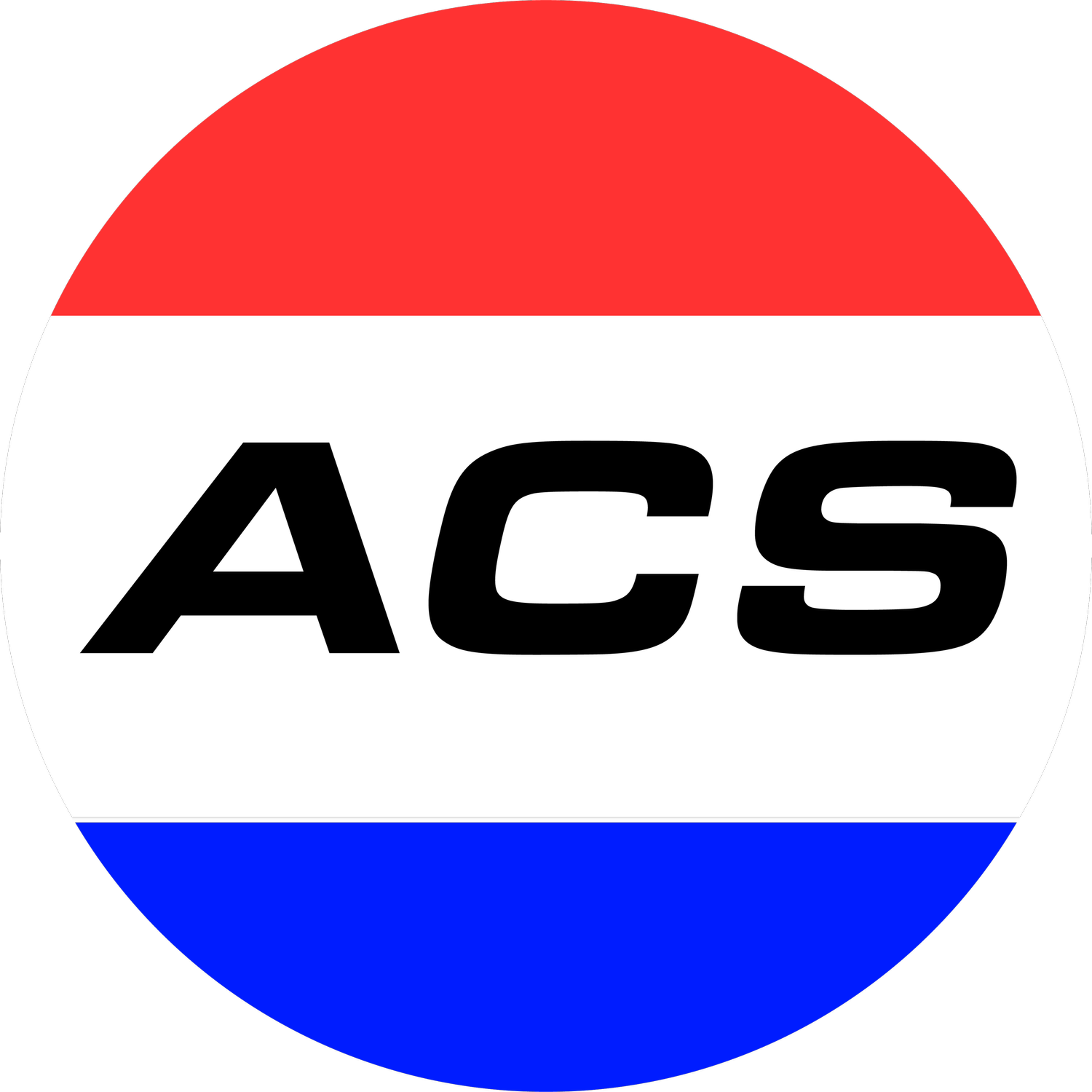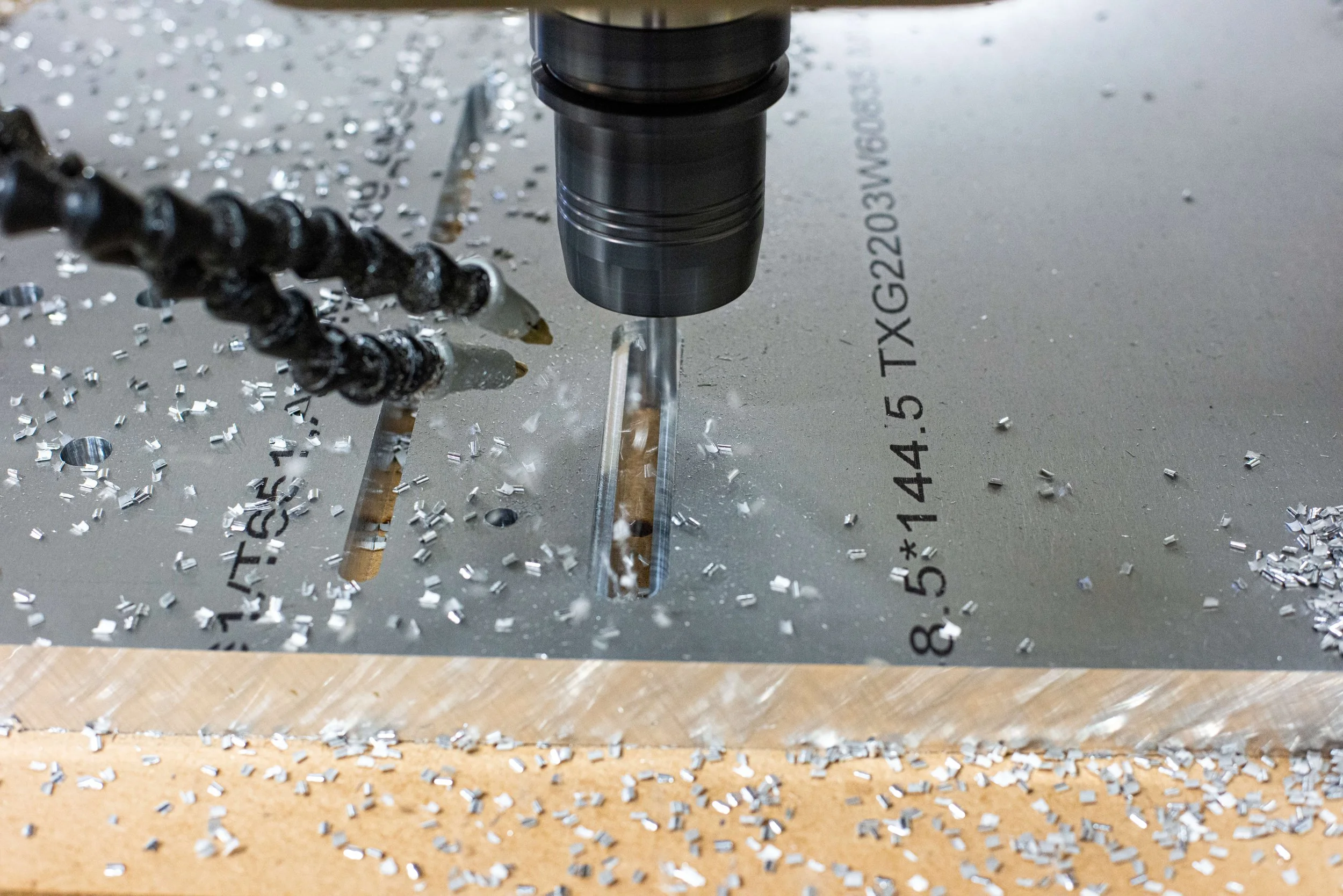Countersinks vs. Counterbores: What You Need to Know
Are you debating countersink vs. counterbore for a feature in your next project? It’s easy to treat countersinks and counterbores like interchangeable features—until a missing angle or depth throws the whole thing off.
Both let your hardware sit flush and require a little extra machining. But while the features may look similar, using the wrong symbol or skipping a key spec in your drawing can lead to big problems during machining or assembly.
At Accurate CNC, our shop machines both features all the time. Here’s what to know before you choose one over the other.
A Quick Breakdown of Countersink vs. Counterbore
Countersinks
Countersinks create a conical recess at the top of a through-hole. Typically designed for flat-head screws, they allow fasteners to sit flush or below the surface of the part.
You’ll often see countersinks used in lightweight or aesthetic applications. They're also common where flush mounting is essential, such as belt surfaces or plywood covers.
If you’re using a countersink:
Make sure you know the correct angle. This will typically be 82° or 90°, depending on your hardware.
Always oversize the diameter slightly. If you match the screw head exactly, it may not sit below the surface, even if the part is technically in spec.
Counterbores
Counterbores create a flat-bottomed cylindrical recess. They’re commonly used with a washer and made to fit socket head cap screws or other large fasteners for structural or heavy-duty applications.
If you’re using a counterbore:
Oversize both the diameter and the depth to ensure proper clearance for the screw and washer.
Like with countersinks, your drawing and model should clearly specify the recess diameter, through-hole size, and depth to ensure a proper fit.
If you’re using our precision CNC machining services, the more detail you give, the better your final part will turn out. While solids make it easier to interpret intent when the print is unclear, it’s still critical to include proper callouts, especially for features like countersinks and counterbores that rely on specific hardware compatibility.
Common Design Issues With Countersinks and Counterbores
We frequently encounter design challenges related to countersink and counterbore features. Some of the most common issues include:
Omission of angle or depth
Using the wrong symbol or callout in the drawing
Matching the hardware dimensions too closely without accounting for tolerance
Calling out the hardware type (like “flat-head screw”) without specifying angles or actual dimensions
Even when a part is machined precisely to spec, insufficient detail in the design can result in a fastener that ends up proud of the surface, which can cause problems in tight-tolerance or high-precision work.
What to Include in Your Drawing or Model
Whether you’re working from a solid model or a drawing, make sure your callouts include:
The correct GD&T symbol (⌵ for countersink, ⌴ for counterbore)
Diameter of the recess
Diameter of the through-hole
Angle or depth, depending on the feature
Still Can’t Decide on Countersink vs. Counterbore
Our Idaho machine shop has machined countersinks and counterbores across all kinds of projects, from precision aluminum enclosures to plywood panels and structural frames. Whether you’re matching a specific piece of hardware or just need a clean, functional fit, we can recommend what approach makes the most sense based on your part, material, and hardware.
Have a drawing or solid model ready? Request a quote from our precision machine shop, and let’s make sure your design has the right callouts in place.


